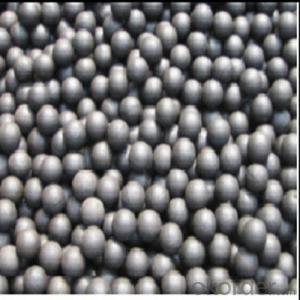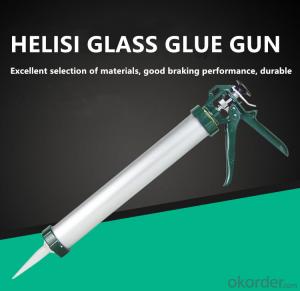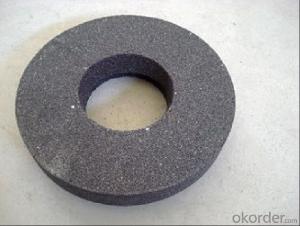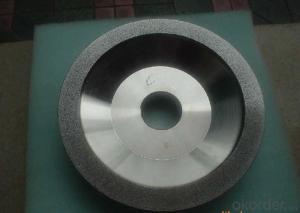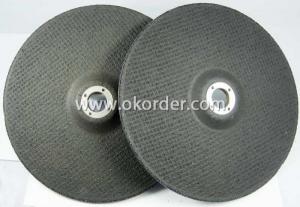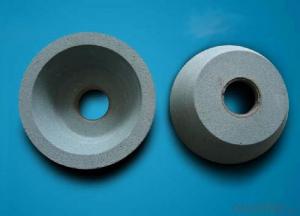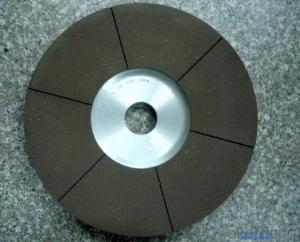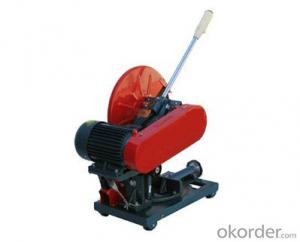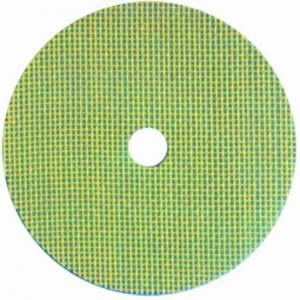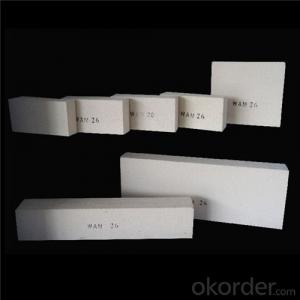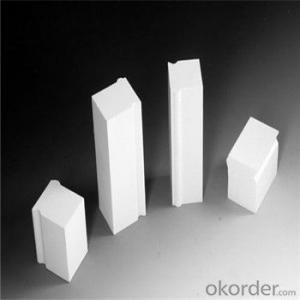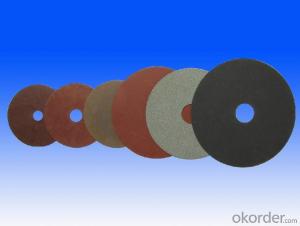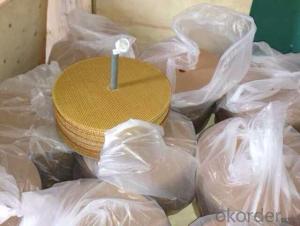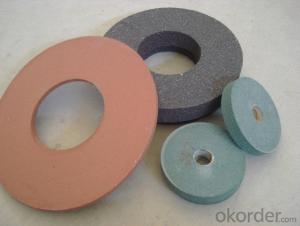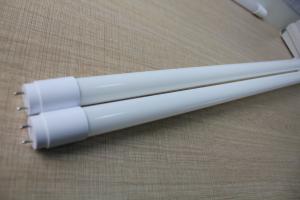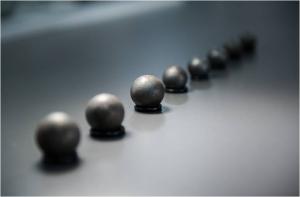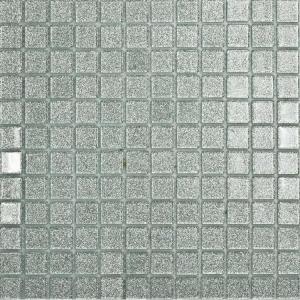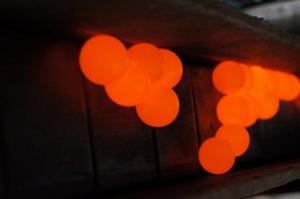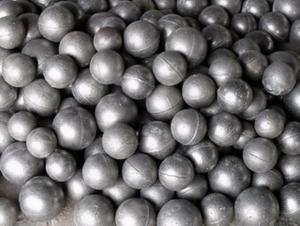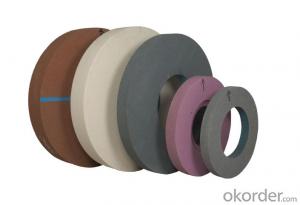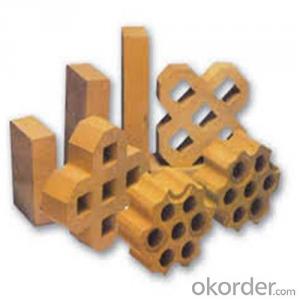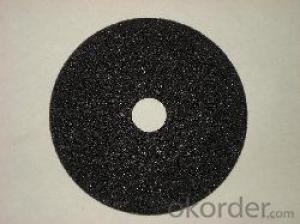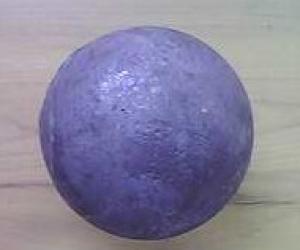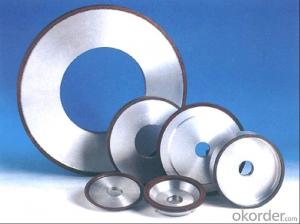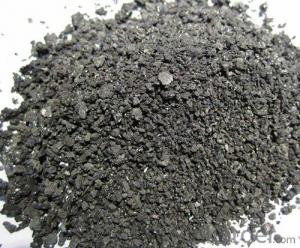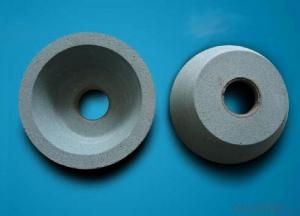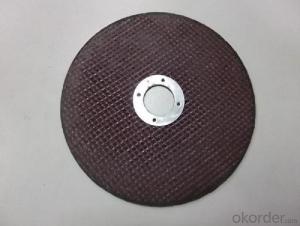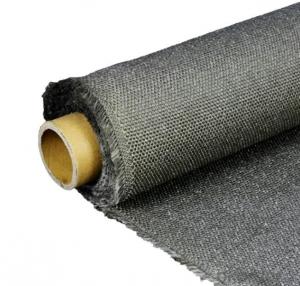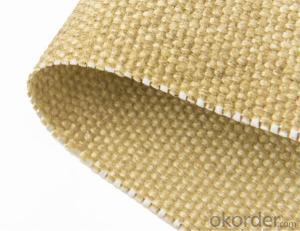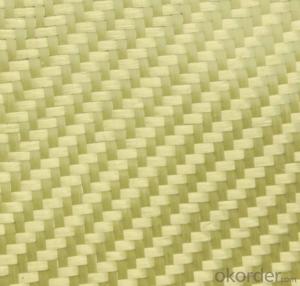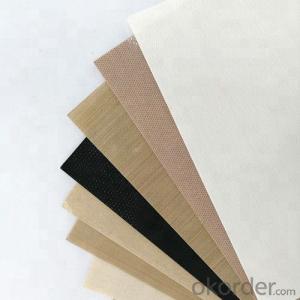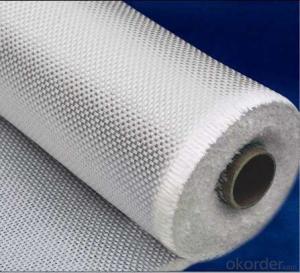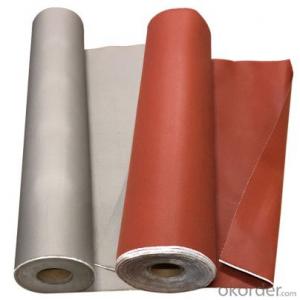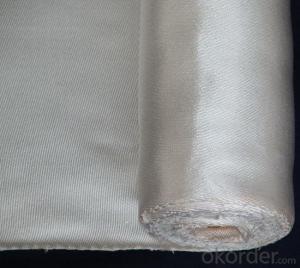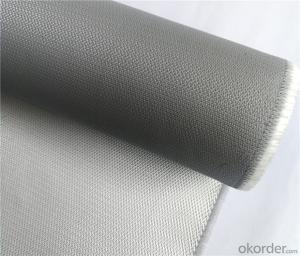Glass Grinding Wheel
Glass Grinding Wheel Related Searches
Carbon Fiber Cloth Milled Glass Fiber Glass Grinding Wheel Concrete Grinding Equipment 6 Diamond Grinding Wheel Forget Grinding BallsHot Searches
Price For Stainless Steel Scrap Scrap Price For Stainless Steel Scaffolding For Sale In Uae Scaffolding For Sale In Ireland Scaffolding For Sale In Houston Price Of Shipping Containers For Sale Stock Price For Aluminum Air Pump For Aquarium Price Bags Of Cement For Sale Types Of Temporary Side Panels For Cement Deck Large Grinding Wheel For Sale Pedestal Fan With Water Spray Price Price Of Scrap Stainless Steel Price Of Stainless Steel Scrap High Mast Light Price List Solar Inverter Price In China Galvanized Steel Scrap Price Best Solar Inverter In China Stainless Steel Price Per Pound Gas Powered Core Aerator For SaleGlass Grinding Wheel Supplier & Manufacturer from China
Okorder.com is a professional Glass Grinding Wheel supplier & manufacturer, offers integrated one-stop services including real-time quoting and online cargo tracking. We are funded by CNBM Group, a Fortune 500 enterprise and the largest Glass Grinding Wheel firm in China.Hot Products
FAQ
- Indeed, insulation in power distribution facilities can utilize fiberglass fabric. This incredibly versatile material boasts remarkable thermal insulation properties. With its resistance to high temperatures, it effectively inhibits heat transfer, rendering it suitable for power distribution facility insulation. Furthermore, fiberglass fabric is fireproof, an essential feature in areas housing electrical equipment. Its durability, flexibility, and capacity to withstand adverse conditions establish it as a viable option for power distribution facility insulation.
- Two, fat and PVC paste resin paste into the sizing, coated on glass fiber cloth, so that after baking, how do not shrink?
- Do not grind finer, the particles are too small at room temperature, often because of excessive solvent and paste viscosity high.
- The function of roof glass fiber non-woven fabric isolating layer
- To protect the waterproof layer, the main purpose is to prevent the waterproof layer from sticking together with the protective layer.
- What's the function of fiberglass cloth? Where can I use it?
- Use more now is fiberglass duct, glass fiber glass cotton material, is insulation core material composite wind pipe model, generally 2.5 cm thickness, glass fiber materials with fine wool like dust, can not be directly used for ventilation, so both sides of glass fiber insulation core material can be used glass fiber cloth paste, to prevent dust lanose into the duct.
- The typical tensile strength of fiberglass fabrics can vary, but it is generally around 300-600 MPa (megapascals).
- Indeed, insulation boards can be crafted using fiberglass fabric. This fabric is widely utilized in the production of insulation boards owing to its exceptional heat properties and fire resistance. Comprised of delicate glass strands, the fabric is skillfully interwoven to yield a resilient and adaptable material. By layering or compressing this fabric, the desired thickness and R-value, which gauges the insulation's ability to impede heat transfer, can be achieved. Moreover, fiberglass fabric exhibits resistance to moisture and actively discourages the growth of mold or mildew. In summary, the durability, thermal efficiency, and safety attributes of fiberglass fabric render it a favored option for insulation boards.
- Fiberglass fabric is highly resistant to moisture and humidity due to its inherent properties. Unlike natural fibers such as cotton or wool, fiberglass is hydrophobic, meaning it repels water and does not readily absorb moisture. This feature allows the fabric to resist mold and mildew growth, making it suitable for use in humid environments. Furthermore, fiberglass fabric does not retain moisture, which prevents it from becoming heavy or sagging when exposed to water or high humidity. This characteristic is especially beneficial in applications where the fabric needs to maintain its strength and shape despite moisture exposure. Additionally, fiberglass fabric is known for its dimensional stability, meaning it does not significantly expand or contract when subjected to changes in humidity levels. This stability ensures that the fabric retains its original shape and size under varying moisture conditions, making it a reliable choice for applications that require consistent performance. Overall, fiberglass fabric's resistance to moisture and humidity makes it a durable and reliable material for a wide range of applications, including boat covers, outdoor furniture, and industrial insulation.
